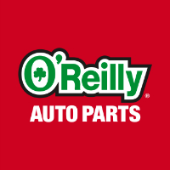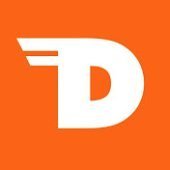-
Welcome to Auto Parts Forum
Whether you are a veteran automotive parts guru or just someone looking for some quick auto parts advice, register today and start a new topic in our forum. Registration is free and you can even sign up with social network platforms such as Facebook, X, and LinkedIn.
Dodge Durango Ignition Coil Replacement
-
Similar Content
-
- 0 replies
- 40 views
-
- 0 replies
- 20 views
-
- 0 replies
- 28 views
-
- 0 replies
- 23 views
-
- 0 replies
- 29 views
-
-
Similar Topics
-
By Dorman Products
Cost-effective replacement intake manifold for Ford Coyote 5.0s | Dorman OE FIX 615-916
-
By Dorman Products
Cost-effective replacement intake manifold for Ford Coyote 5.0s | Dorman OE FIX 615-916
-
By Counterman
Niterra North America Inc., formerly NGK Spark Plugs (U.S.A.), announced that the company is throttling its performance heritage and expanding its ignition-coil line by introducing its MOD performance ignition coils.
Niterra’s NGK Spark Plugs-branded MOD performance ignition coils are designed and built for enthusiasts and performance vehicles. The launch includes 10 part numbers covering more than 40 million VIO for popular enthusiast applications and will be sold in multipack per-car quantities, according to the company.
“When it comes to high performance, Niterra’s NGK Spark Plugs brand has long been a known leader in ignition technology,” stated Michael Burchi, general manager – aftermarket & OE product for Niterra North America. “We are committed to building upon this performance leadership, and we are excited to extend our ignition coil technologies into the aftermarket and performance communities through our MOD performance ignition coils.”
For more details about Niterra and the NGK Spark Plugs and NTK product brands, visit
link hidden, please login to view. The post
link hidden, please login to view appeared first on link hidden, please login to view.
link hidden, please login to view 
-




Recommended Posts
Join the conversation
You can post now and register later. If you have an account, sign in now to post with your account.
Note: Your post will require moderator approval before it will be visible.